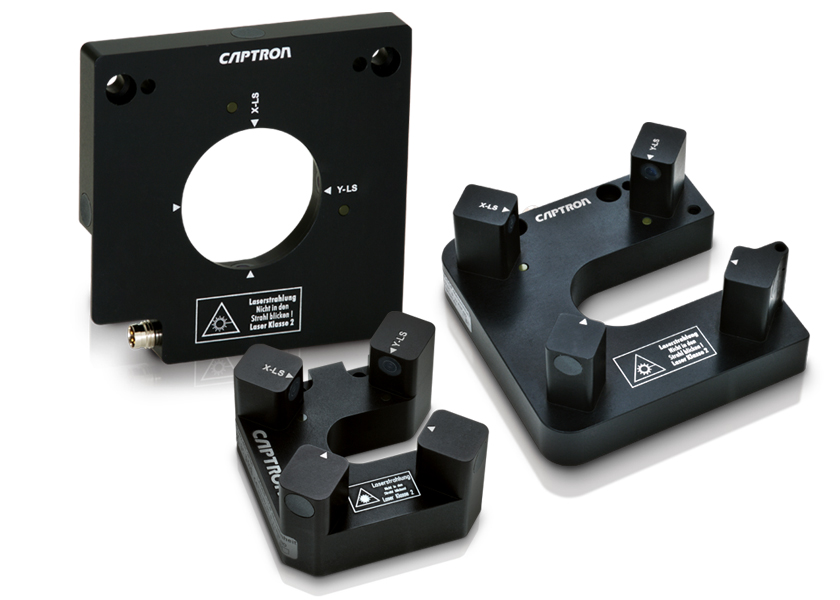- Robustness: Transmitter and receiver are located in the same metal housing.
- Easy integration: Since users only need one input and one output signal, the fork photoelectric sensor can be easily integrated into automation systems.
- Versatility due to different fork widths
- High accuracy due to a switching frequency of 10 kHz
- Home /
- Company /
- News & Events /
- Blog
October 14th, 2022 | 5 minutes read | CAPTRON editorial office
Quality assurance with optical sensors
In the rapidly evolving Industry 4.0, work processes are becoming increasingly complex due to artificial intelligence, machine learning and additive production. Production volumes and speeds are continuously increasing. This is accompanied by the assumption that error rates can be minimized by mechanical processes – but not only humans make mistakes. Even in machine and robot production, critical safeguards must be installed to ensure consistent quality of finished goods.
To ensure the quality of machine processes, two processes are critical for quality control: object recognition with the use of fork light sensors and tool calibration with the use of Tool Center Point laser measurement technology (TCP).
1. Object detection with fork light sensors
Fork light sensors consist of two arms, the transmitter and the receiver of a laser beam projected between the arms. For object recognition, the fork light barrier is integrated directly into the production line.
Application Example: Imagine you’re in a beverage bottling hall. Every day, several thousand bottles are transported, filled, labelled, and sealed via the conveyor. To check that the bottles are positioned properly on the conveyor belt, you install a fork light barrier. By interrupting the light beam, it can calculate exactly how much space there is between the individual bottles. In the event of a deviation, the corresponding system can be automatically stopped, and the system can be checked and corrected manually.
By using the fork light barrier, errors are immediately identified, thus, unnecessary downtime and profit loss can be avoided.
Further areas of application
- Assembly and feeding automation
- Packaging and specialty machine construction
- Production facilities

2. Tool calibration with Tool Center Point laser measurement technology (TCP)
Application Example: You need a dosing robot filling a liquid into a small container. It is important that the liquid is automatically injected in the same place, otherwise it will not be distributed correctly and create potential quality issues. To ensure this, the TCP of the tool must be routinely checked and, if necessary, calibrated – typically after maintenance, at the beginning of a work shift or even after each process cycle.
How does calibration over TCP work?
The TCP measuring device works with two vertically aligned laser light sensors determining the tool deviations of the robot. The switching signals can be used to automatically recalibrate the TCP and thus ensure the proper programed dispensing of the robot.e To accomplish this task the laser beam is interrupted by the tool in several directions and aligned to the desired reference. At the center of the TCP measuring device, where both laser beams intersect, it can be verified whether the recalibration was correct.
Further information on the measurement method can be found here.
+ Further information on the measurement method can be found here.
Further areas of application
- Adhesive robot
- Welding robot
- Soldering robot
Advantages of TCP measuring instruments from CAPTRON– at a glance

- Precise calibration of X, Y and Z axis
- Accurate measurements: Time-shifted measurements of the X and Y axes prevent incorrect measurements due to reflected laser beams
- Multiple designs for every application: compact, flat or open
Contact us
If you would like to know more about the fork light sensors or the TCP measuring units by CAPTRON, please contact us and we will be happy to discuss your application needs with you.

 German
German English
English Chinese
Chinese
